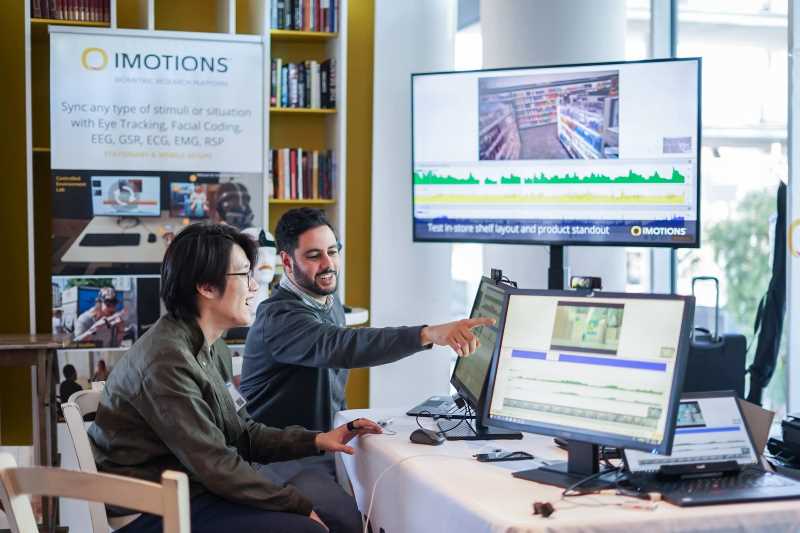This study investigated preservice teachers’ emotional experiences while interacting within a virtual scenario-based teacher-training system called Simulation for Teaching Enhancement of Authentic Classroom behavior Emulator (SimTEACHER). We created three types of interactions (no interaction, unexpected interaction, and expected interaction) within SimTEACHER and examined the influences of the interaction design on preservice teachers’ emotional responses in three aspects: key performance indicators (attention, emotional engagement, and sentiment), emotional valence (positive, neutral, and negative), and four basic emotions (joy, sadness, fear, and anger). Fourteen preservice teachers from a 4-year public university in southwestern South Korea participated in this study. The data of the participants’ emotional expressions were collected using the Emotient software, which has been widely used for automated facial expression recognition and analysis. A series of one-way repeated-measured Analysis of Variance (ANOVA) indicated that participants experienced higher positive and neutral emotions, higher emotional engagement, and a higher feeling of joy when they engaged in unexpected interactions than when they engaged in expected interactions or no interactions.
Related Posts
-

Remote Biometric Research: How Cloud-Based Data Collection Is Enhancing Consumer & UX Insights
Consumer Insights
-

Jaguar’s Type 00 Ad: Smiles, Confusion, and Curiosity – What Viewers Really Felt About it
Consumer Insights
-

Choice Blindness – Explaining The Choices We Don’t Make
Consumer Insights
-

Jaguar’s Bold Rebrand Put to the Test
Consumer Insights



